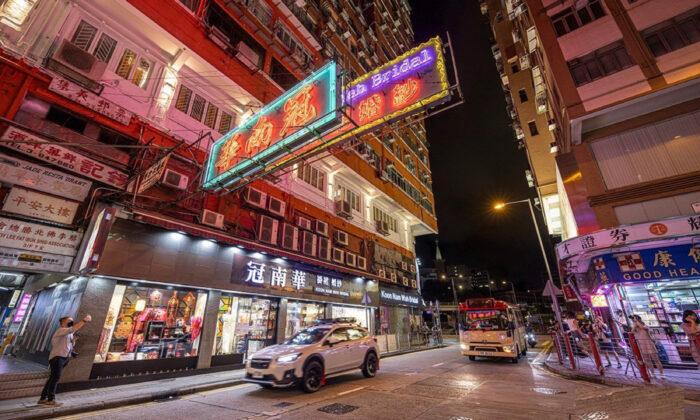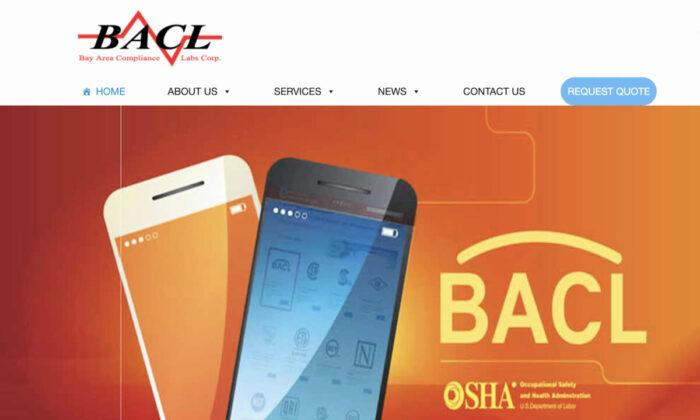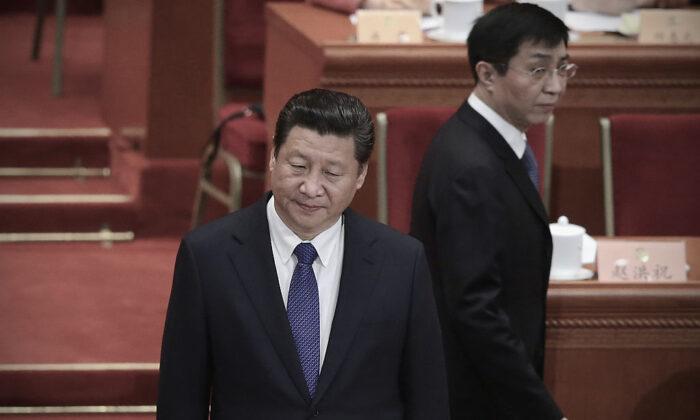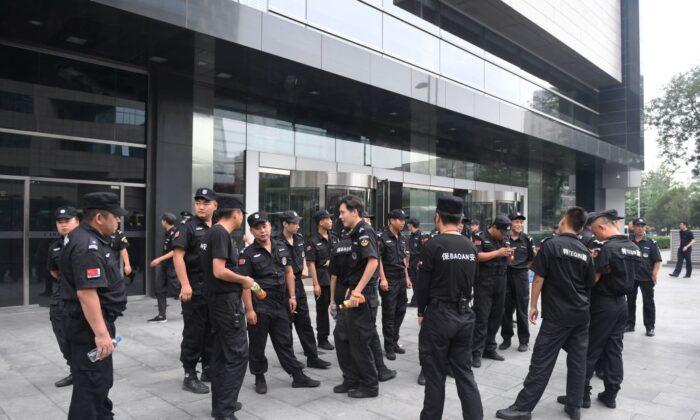The debt crisis of China’s state-owned enterprises (SOEs) has been deepening since 2020. Beijing has recently issued a report to address the issue as several SOEs have defaulted on loans in recent months.

In an interview with The Epoch Times, Hong Kong-based financial analyst Katherine Jiang said that the defaults by SOEs highlight the weakness of the large SOEs under the Chinese regime. These SOEs have accumulated huge debts during the Chinese Communist Party (CCP)’s credit expansion over the years without improving their own profitability.
SOEs: A ‘Shadow Play’ Under the CCP’s Credit Expansion
China expert Shi Shan told The Epoch Times that SOEs are like the CCP’s “shadow play”–he compared SOEs and puppets on stage. A small puppet appears much bigger when it is illuminated by the lights behind it, but it is just an effect. Similarly, the expansion of credit has inflated the SOEs, but they lack actual strength.With easy credit, SOEs were able to borrow cheap money from banks to make large investments, which inflated the size of SOEs’ assets. But the profitability of their investments were not high.
With access to large amounts of cheap capital, Chinese companies have expanded rapidly, with 124 companies from mainland China (including Hong Kong) making the 2020 Fortune Global 500 list, surpassing the United States for the first time, which had 121 companies on the list.
The Chinese companies on the list are mainly SOEs, including 48 enterprises controlled by the central government, and 32 local state-owned enterprises.
In 1997, only four companies from mainland China were on the list.
The average profit margin of the mainland Chinese companies on the list is 5.4 percent, which is lower than the 8.6 percent of the U.S. companies.
The average return on net assets of the Chinese companies on the list is 9.8 percent, which is also lower than the 17 percent of the U.S. companies.

High Financial Costs and Huge Debt Risk
The debt fund investment with low returns has also brought SOEs huge amounts of debts, high financial costs, and huge debt risk.Jiang said that with high leverage, SOEs rely heavily on refinancing to repay their debts, either through bank borrowing or by issuing bonds in the debt market to pay off upcoming maturities.
Because of the SOEs’ weak ability to generate cash flow on their own, investors in the bond market often consider the ability of SOEs to receive support from the government as an important factor in their investment decisions.
Government support is also an important aspect of the credit ratings assigned to SOEs by the three major international rating agencies—Moodys, S&P, and Fitch Ratings.
All the major Chinese banks are owned by the CCP, which means that the CCP is both the borrower and the lender when it comes to SOEs’ bank financing, Jiang said. Local governments are intermediaries between SOEs and banks.
If SOEs do not improve their own financial situation and rely only on government support to repay their debts through refinancing, then SOEs’ debts will snowball and the risk of debt will continue to grow until the CCP can no longer support these enterprises, Jiang said.
When that day comes, the entire financial system will be at risk, he added.
On March 15, during an executive meeting of the State Council of China, officials proposed that the “government leverage should be reduced” in assisting SOEs this year. And immediately afterwards, the CCP released a report on controlling debt among SOEs. This reveals the CCP is concerned about the debt crisis and want SOEs to be held accountable.
Jiang said the bad debts of the banks, as well as the debt pressure of local governments make it hard for the CCP to bail out the SOEs. Neither the banks nor the local governments are capable of bearing the debts for the SOEs.
However, if Chinese authorities don’t take action and allow SOEs to default on their loans, it would negatively affect the image and credibility of the CCP.




